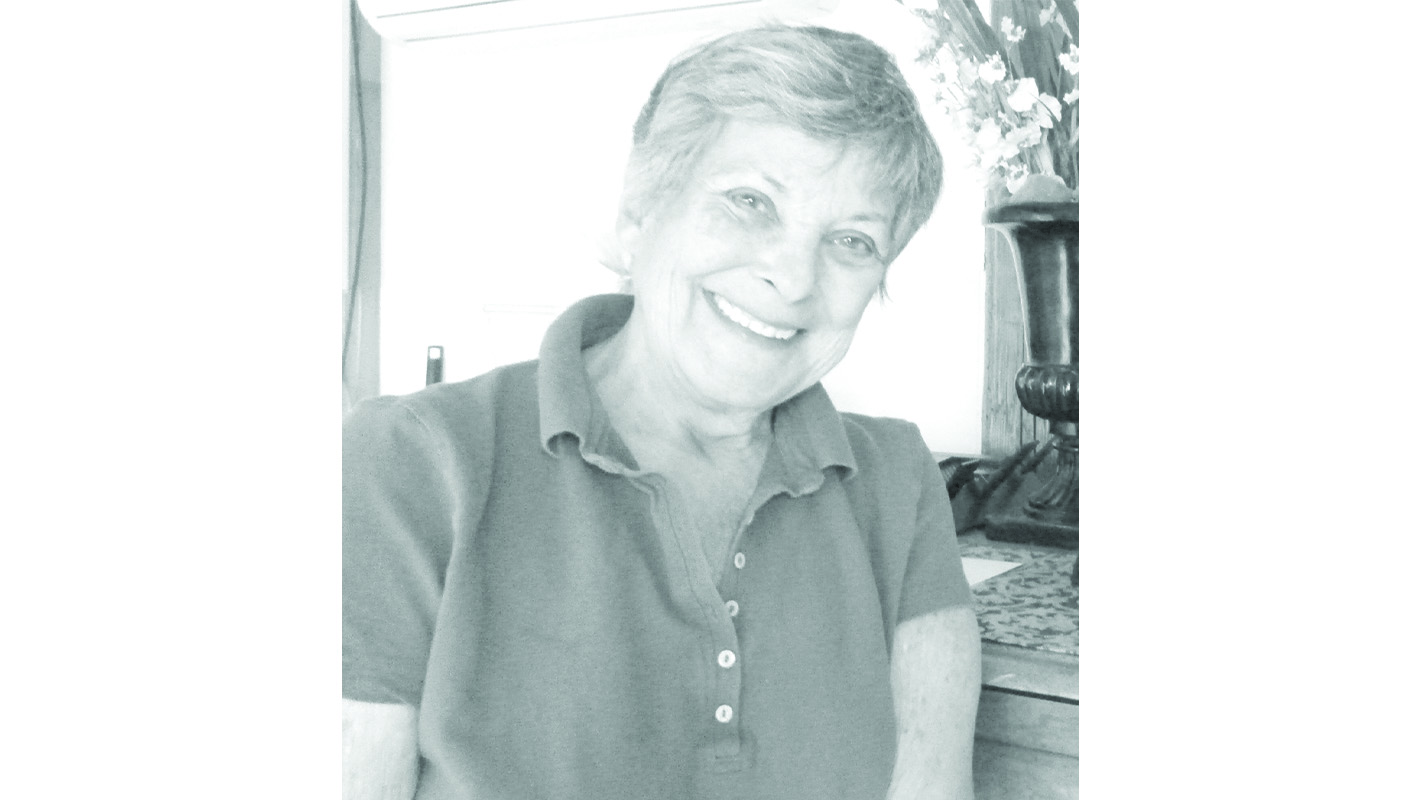By Dian Cohen
A great many customs in our society are in the crosshairs of change. For example, industrial society’s organization for work was to move people from rural farms (where we worked from home) to urban settings where workspace was separated from home – either you went to an office or a factory seven hours a day, five days a week, 50 weeks a year. At the end of about 40 years you got a retirement pension that in the old days you wouldn’t out-live, since life expectancy was less than 63 years old.
These customs have been evolving for decades, but COVID-19 has quite possibly kiboshed them all irreparably. The guaranteed retirement pension has been moving to oblivion since the 1980s – or more correctly, has shifted from employer to employee – you have to save for yourself if you ever want to stop working.
This is a huge topic and I will return to other aspects of it in other columns. How many people will return to offices? Will it be five days a week? Today I want to concentrate on another bit of tax planning – your control over three sources of retirement income – Old Age Security, Canada Pension Plan and Quebec Pension Plan. When you choose to take them will affect your income in retirement and the amount of taxes you pay. If you’re un-der 65, consider these tax planning ideas – with each of them, taking them at the oldest possible age will enhance your income.
This is not a strategy for you if you need to live on your government benefits right away.
You can receive OAS even if you’ve never worked or if you’re still working. You just have to be 65 years old or older, be a Canadian citizen or a legal resident at the time your OAS pen-sion application is approved and have lived in Canada for at least 10 years since the age of 18. You can opt to take OAS anytime between age 65 and age 70.
Taking it later gives you 7.2 per cent/year more income. If you take it at 65, you’ll get $615.37/month right now. If you defer till age 70, you’ll get $836.90/month or $10,042.83/year — that’s a 36 per cent higher benefit! And it’s indexed to the cost of living. Unlike QPP and CPP, which we discuss below, there’s no option to take OAS early, such as at age 60. But you can defer it up to five years in exchange for an enhanced benefit. Don’t forget to apply for it – up to 11 months before you want it to start.
Almost all individuals who work in Canada contribute to either CPP or QPP or both. CPP applies to individuals who work in provinces and territories outside Quebec and QPP ap-plies to individuals who work in Quebec. Your monthly CPP/QPP pension is based on how much you’ve contributed and how long you’ve been contributing at the time you start to receive benefits. The amount you receive is also affected by your age when you start re-ceiving your retirement benefit.
The amount of your CPP/QPP pension is 25 per cent of pensionable earnings on which you contributed if you apply to receive your pension at age 65. This means that an individual with $50,000 in constant pensionable earnings throughout their working life would receive a yearly benefit of approximately $12,500 ($50,000 x 25 per cent). You can take a reduced CPP/QPP pension as early as the month after your 60th birthday. If you wait until after age 65 to apply for your CPP/QPP, your entitlement increases monthly until age 70. There is no benefit to waiting past age 70 to apply for your CPP/QPP. If you work beyond age 65, you can receive the pension and keep paying into it at the same time – the government will calculate how much more pension you’ll get and notify you. You must apply to start receiv-ing CPP/QPP benefits – apply according to the province you live in when you retire, or, if you’re living outside Canada, to the last province in which you lived.
There’s no clear-cut answer for deciding if and when to defer. It’s good tax-planning for those who have the means to fund their lifestyle while they wait. Repeat: This is not a strategy for those who need to access their government benefits right away. Deferring any of these pensions by one to five years can help transfer the risk from your personal savings to the inflation-protected, paid-for-life government pension program.
Dian Cohen is an economist and a founding organizer of the Massawippi Valley Health Centre.
Cohendian560@gmail.com





